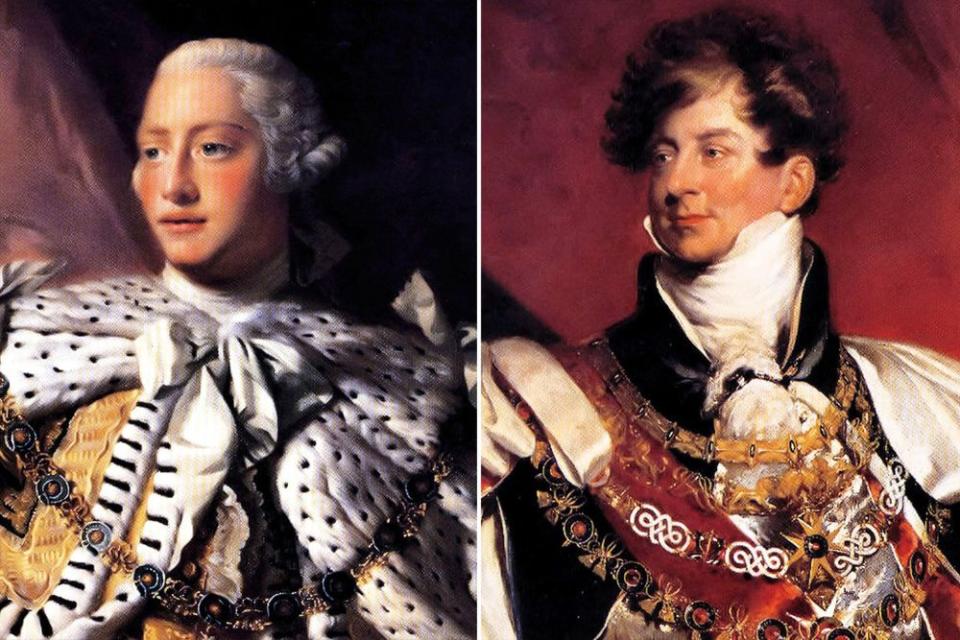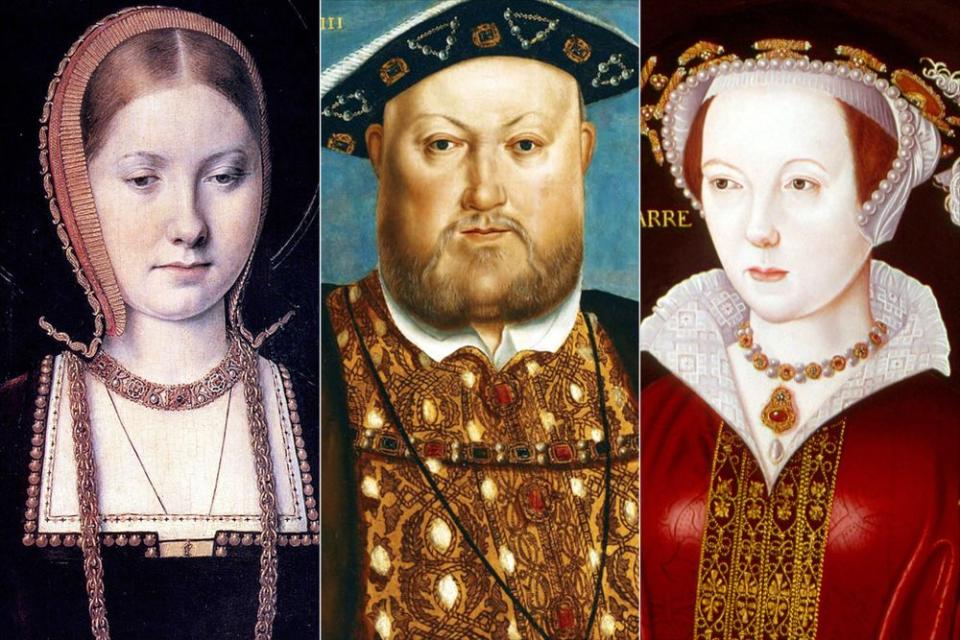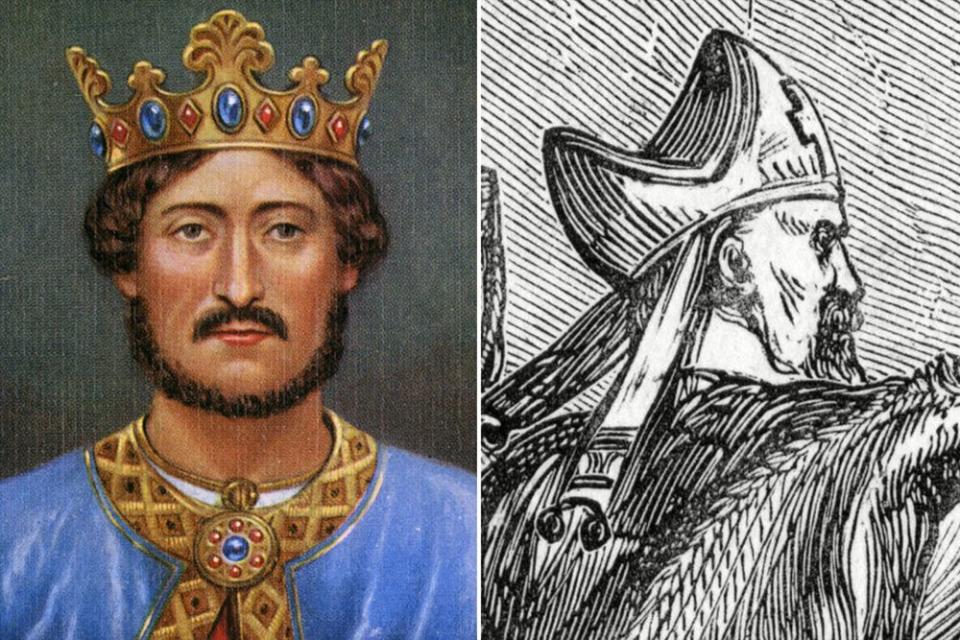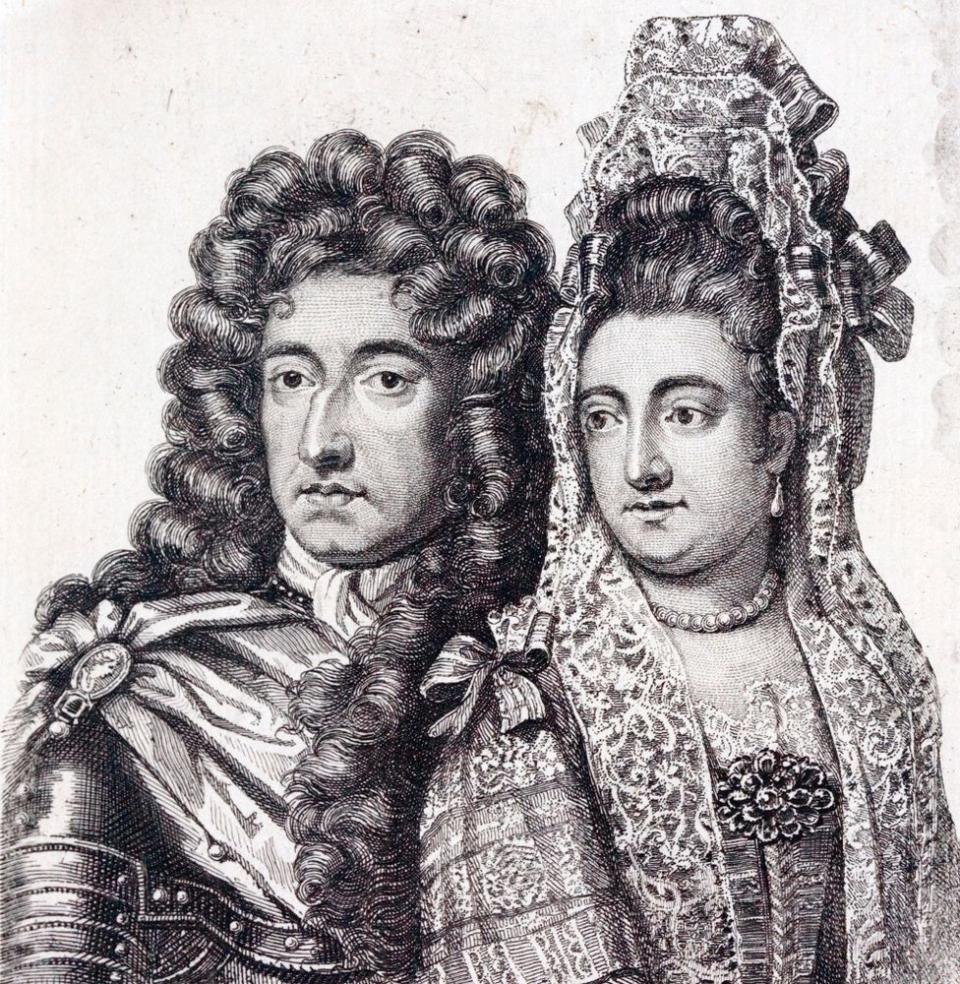Queen Elizabeth Retiring? Five Times a Regent Has Taken Over the Throne
If Queen Elizabeth does decide to retire at 95 and appoints Prince Charles as regent, she won’t be the first to do so.
In fact, the idea of installing a regent — effectively naming someone to wield the powers of government while the monarch is unable — is as old as the royal family itself.
It also doesn’t even have to be a family member who takes over: Across the centuries, the role has been carried out by civil servants, politicians and an array of scheming dukes, earls, and lords.

While the modern process is lengthy, complicated and involves everyone from family members to senior courtiers and civil servants, it has historically provided an easy way for the British government to continue working should the monarch fall ill, go mad or set out on an overseas war (generally against the French).
Today, however, “The Queen can’t just wave a queen wand and say, ‘Charles, you are my regent.’ It’s not her call – and it’s not his call,” says Sally Bedell Smith, a veteran biographer of both the Queen and Charles.
Here are five examples of monarchs who have trod where Elizabeth my soon venture — with varying degrees of success.

Monarch: George III
Regent: George IV
George Augustus Frederick, Prince of Wales, was appointed Prince Regent in 1811 after his father, King George III — the man who lost America — slipped into insanity (partly as a result of the disease porphyria).
An excessive drinker, gambler and womanizer, Prince George spent a vast chunk of the royal finances on paintings, clothing, over-the-top parties and palace-building. He also secretly married Maria Fitzherbert in 1785, only to later tie the knot with Princess Caroline of Brunswick in 1795 to pay off his debts.
By the time Prince George became regent, he was already a national joke and hugely disliked for his mindless excess. This continued throughout his regency, which lasted until his father died in 1820, after which he was crowned George IV.
Despite his flaws, spending, and gargantuan eating — he had a 50 inches waist when he died — George IV also oversaw a huge flourishing in architecture and the arts, which is now identified by the label “regency.” He also gave a name to London landmarks Regent’s Street and Regent’s Park — and was regent when the British defeated Napoleon in 1815.

Monarch: Henry VIII
Regent: Catherine of Aragon & Catherine Parr
Henry VIII famously had six wives. Less famously, two of them also ruled as regents while the Tudor monarch was away fighting the French.
The first – Catherine of Aragon – was made Governor of the Realm and Captain General of England’s armed forces in 1513. This proved to be a fateful decision when on September 9 of that year, an army of 30,000 Scots led by King James IV of Scotland swept over the border into northern England.
Catherine traveled north to rally support for the fight but only got as far as Buckingham (around 75 miles from London) when she received news that an English army led by the Earl of Surrey had defeated the Scots at Flodden in Northumberland, killing at least 10,000 – including James IV, who has since held the unwanted mantle of last king to die on a battlefield in Britain.
Around 31 years – and five wives – later, Henry’s last spouse Catherine Parr also served as regent between July and September 1544, while the King again crossed swords with the French. Although Catherine didn’t have to organize a war against the Scots, Tudor sources describe her as studiously attending to government affairs. She also developed close bonds with Henry’s children Mary, Edward and Elizabeth.

Monarch: Richard I
Regent: William Longchamp
When Richard the Lionheart set off on the Third Crusade in 1190, he had a choice of regents to look after England: his scheming, treacherous, troublemaking brother, John (later King John); or trusted, efficient and loyal courtier William Longchamp.
It wasn’t much of a decision. It also didn’t much go to plan.
While Longchamp was fiercely loyal to Richard, he wasn’t exactly brilliant at making himself popular among the people, who regarded him as arrogant, pompous and cruel — mainly because he was French and massively anti-English.
In 1191, John used this festering resentment to lead a rebellion against Longchamp, forcing him to flee to France. With Richard also jailed in an Austrian prison, John effectively installed himself as King (cue Robin Hood).
Yet Longchamp had the last laugh. In March 1194, Richard I returned to England and collapsed John’s rebellion pretty much overnight. Longchamp was then handed control of the royal finances as Chancellor of the Exchequer.
As King, John would go on to surrender his royal lands in France, lose his priceless crown jewels in a Norfolk bog (never found) and sign away a vast chunk of his royal powers to rebel barons in the Magna Carta.

Monarch: William III & Mary II
Regent: Mary II
On April 11, 1689, Mary — eldest daughter of beheaded King Charles I — was crowned alongside her husband William of Orange at Westminster Abbey. Yet this was no normal coronation: The pair had effectively been sailed in from Holland to shore up the protestant nature of the English crown, in what was known as The Glorious Revolution.
More crucially, Mary was also crowned “queen regnant” as opposed to queen consort, which meant that she and William ruled as dual sovereigns.
This was enshrined in law through the Regency Act of May 1690, which confirmed “the Queen’s Majesty to exercise and administer the regal power and government of the kingdom” while William was fighting in Ireland.
Mary used her power to discourage drinking and help the poor. She also established the naval hospital in Greenwich and sternly punished anyone who even remotely thought of plotting against her and William.
Such was her influence that the period in history and its French-influenced architecture is now referred to as “William and Mary” (as is the second oldest higher education institution in the U.S.).

Monarch: George II
Regent: Caroline of Ansbach
Caroline of Ansbach served as regent four times during the reign of husband George II, who assumed the throne in 1727.
Described as “the cleverest queen consort ever to sit on the throne of England,” she was a political genius and huge patron of the arts and science – even leading the fight against smallpox by organizing experiments and, ultimately, using these to inoculate her seven children against the disease.
Caroline – who became regent whenever George returned to his native Hanover, Germany — also stocked her court in St. James’ Palace with artists, writers, and intellectuals to soak up as much knowledge as possible surrounded by an array of hand-chosen portraits and books.
When she died in agony following bowel surgery in 1737, Queen Caroline — the first Princess of Wales since Henry VIII’s first wife Catherine of Aragon — was deeply mourned across Britain. Despite straying countless times during their marriage, George II was so heartbroken he never married again. When he died, 23 years later, the King asked to be buried next to Caroline and to have the sides of their coffins removed, so that their dust could mingle together forever.

